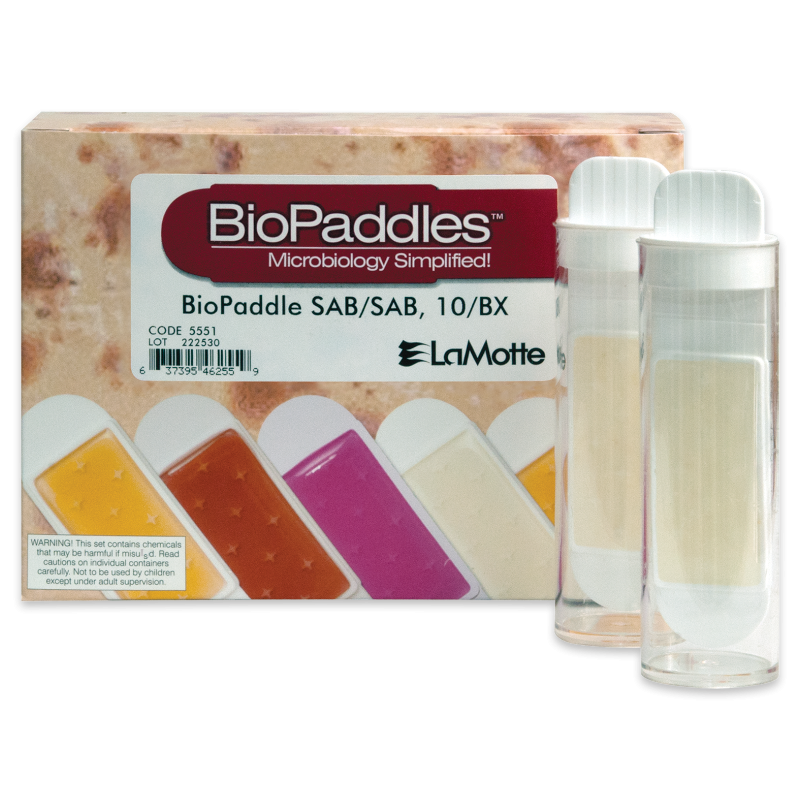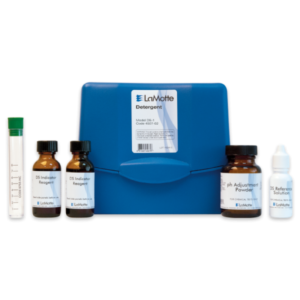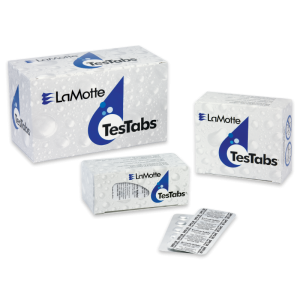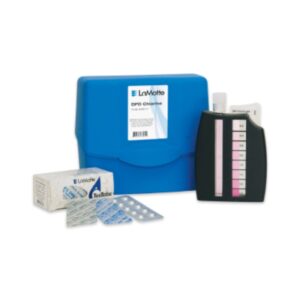BioPaddles® – Sabouraud Dextrose Agar (SAB)
AED 0.00
Product ID: 5551
Brand: Lamotte -USA
Availability: 90-120 Days after Payment
The BioPaddles® SAB/SAB can be used for the Selective isolation of fungi (yeasts and molds) (SAB).
NOTE: No Exchange No Return Learn More
Warranty: Not applicable, except in cases of wrong or damage item delivery. In such instances, we will replace the product upon receipt of proof in the form of videos and photos.
Quality comes first and our products deliver accurate results.
Sabouraud Dextrose Agar (SAB)
Enzymatic digest of casein and enzymatic digest of animal tissue provide the nitrogen and vitamin source required for organism growth in SAB. The high concentration of dextrose is included as an energy source. Agar and a proprietary polymer are the solidifying agents.
Application
Sabouraud Dextrose Agar (SAB) is a modification of dextrose agar described by Sabouraud. SAB is used for cultivating pathogenic and commensal fungi and yeasts. The high dextrose concentration and acidic pH of the formula permit selectivity of fungi. Sabouraud Dextrose Agar is used for determining the microbial content of cosmetics, in the mycological evaluation of food, and clinically to aid in the diagnosis of yeast and fungal infections.
Culture Controls
| Culture | SAB Agar |
|---|---|
| Aspergillus niger | GROWTH |
| Candida albicans | GROWTH |
| Escherichia coli | INHIBITED |
| Microsporum canis | GROWTH |
| Trichophyton mentagrophytes | GROWTH |
Storage/Expiration
Store tightly sealed BioPaddles® in a cool, dry location. Shield from direct sunlight. Store BioPaddles® at room temperature (65 to 77°F/18 to 25°C). Avoid sudden temperature changes. Temperature fluctuations may result in condensation settling at the bottom of the vial. This will not affect the culture properties, but could reduce the shelf-life or cause the agar to separate from the plastic paddle support. Do not refrigerate. Refrigeration may result in water condensation. Avoid freezing. If freezing occurs, thaw for 3-6 hours in the refrigerator (40°F; 4.4°C). Freezing can promote excess water loss and variation in media surface due to crystal formation. Refer to Best Before End date (See: BBE stamped on vial). Discard if paddle agar appears oxidized and darker than the expected color or if contaminants appear. The expiration date is based on medium in an intact container that is stored as directed.
Sampling
Liquids: Twist to remove paddle from vial. Fill vial to 40 mL fill line with the liquid to be sampled. The 40 mL volume can be used to calculate Total Viable Count (TVC) and/or Total Colony Count (TCC). Replace paddle. Allow a contact time of 15 seconds. Remove the paddle. Empty the vial. Replace the paddle in the vial.
Surfaces: Twist to remove paddle from vial. Allow the paddle surface (10 cm2) to come into physical contact with the test surface. Recovery rate is about 50%. To ensure an accurate recovery, gently sweep (or touch) the paddle to cover a 20 cm2 area. Replace paddle in vial.
Incubation
| Temperature | Minimum Period | Optimal Period |
|---|---|---|
| 35°C (bacteria) | 72 hours | 5-7 day |
| 20-25°C (fungi) | 5 days | 7 days |
Colony Measuring
Each BioPaddles® paddle has molded media attachment points that are 4mm in length (point-to-point). This feature provides a useful guidepost to estimating nearby colony size.
Disposal
Twist to remove paddle from vial. Fill vial to 40 mL fill line with 1:9 dilution of household bleach (5.25% sodium hypochlorite). Replace paddle in vial. Allow 15 minute contact time. Remove paddle. Discard bleach solution. Replace paddle in vial and dispose. Alternatively, loosen cap and microwave for 30 seconds, autoclave, or incinerate.
BioPaddles® – Sabouraud Dextrose Agar (SAB)
| Test Factors | Selective isolation of fungi |
| Type of Agar(s) | Sabouraud Dextrose Agar |
| # of Tests | 10 |
Ship Code: (NH) Non-Hazardous Material – No Fees Applicable
Ship Weight in lbs.: 1
Related products
Water Testing Strips & Instrument
Water Testing Strips & Instrument
Laboratory Reagents
Laboratory Reagents
Water Testing Strips & Instrument
Tracer Electronic Meters
Water Testing Strips & Instrument
AP® Environmental Science Water Quality Assessment Curriculum Module
Water Testing Strips & Instrument














